Predictive Gameplay Mechanics: AI That Adapts Games to Player Behavior in Real-Time
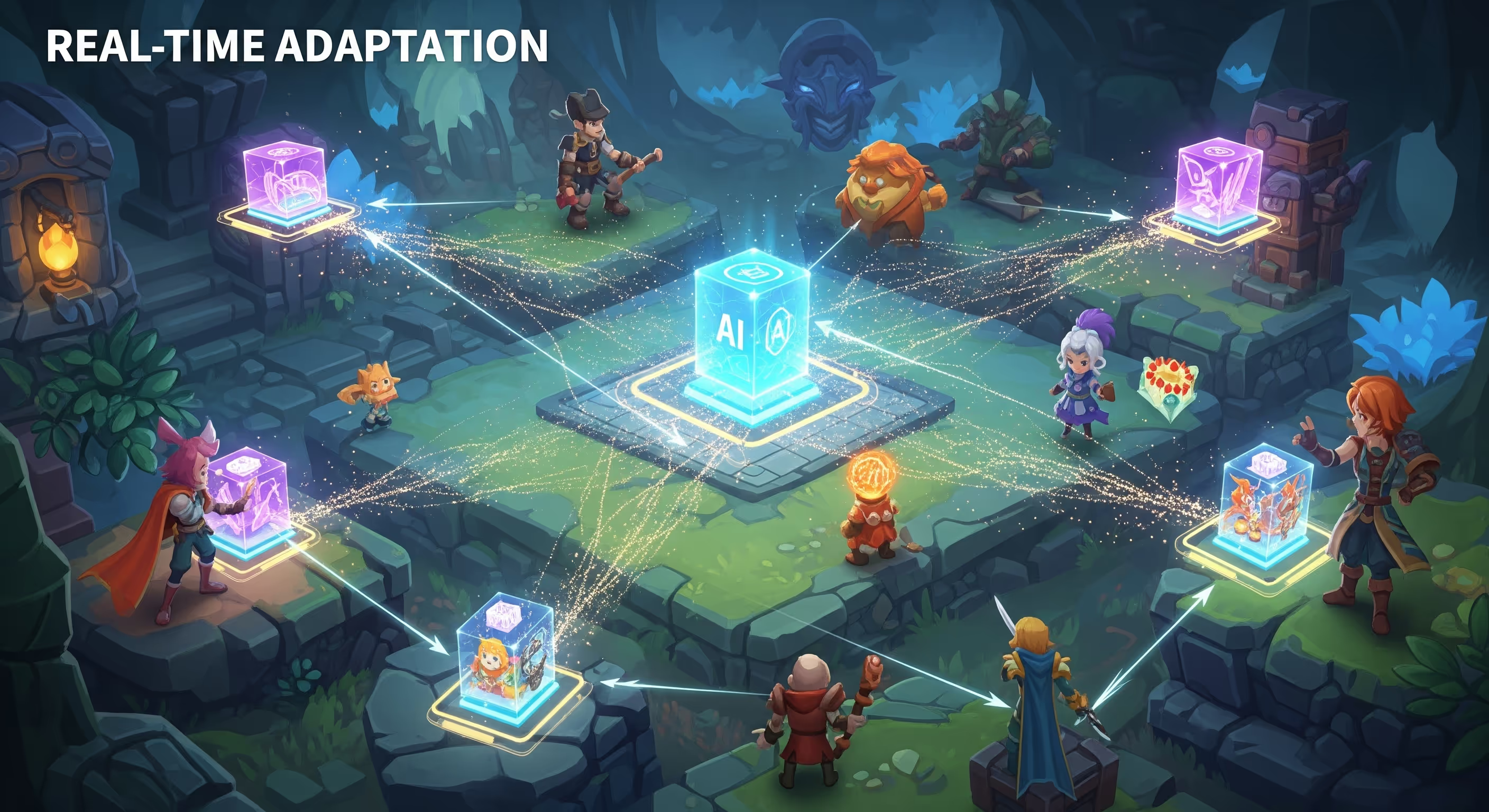
The gaming world has a problem. Players quit games faster than ever before, with most players abandoning titles within the first three days. Traditional game design treats every player the same way, but modern gamers expect something different. They want experiences that understand them, adapt to their style, and grow with their skills.
This is where predictive gameplay mechanics come into play. These AI-powered systems don't just react to what players do, but also anticipate what players need before they even realize it themselves.
And here’s where it becomes interesting…
What Are Predictive Gameplay Mechanics?
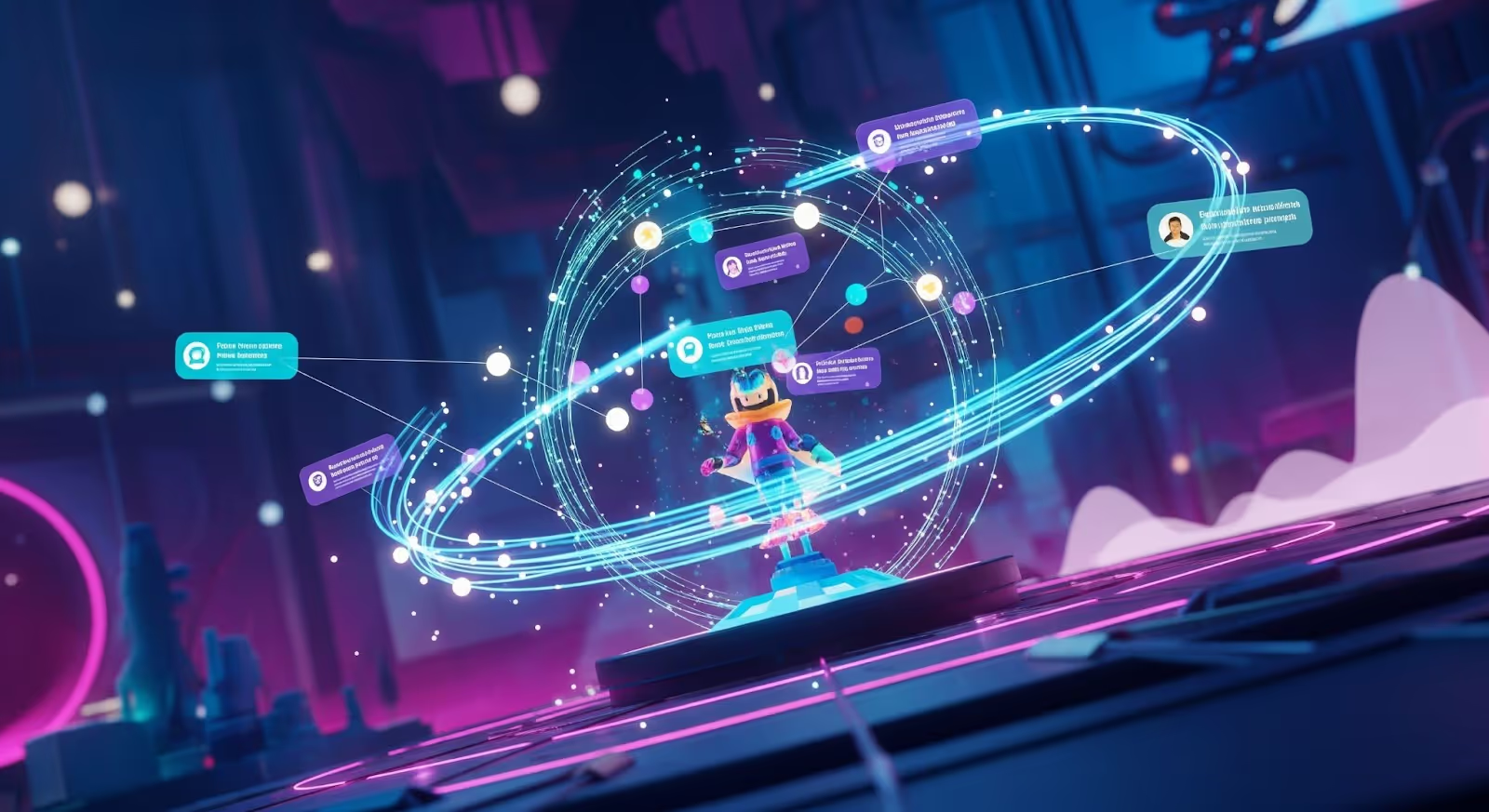
Think of predictive gameplay mechanics – whether in the video game or casino/iGaming world – as a smart friend who knows exactly what you need during a gaming session. These systems use machine learning algorithms to analyze player behavior in real-time, adjusting everything from difficulty levels to reward timing based on individual patterns.
Unlike traditional games that follow predetermined rules, predictive systems create dynamic experiences that evolve with each player. The AI does more than just track what you click or where you go. It actually learns from your reactions, your play style, and even your emotional responses to different situations.
Key Components of Predictive Gameplay:
- Real-time behavioral analysis that tracks player actions and reactions
- Machine learning models that predict future player needs
- Dynamic content adjustment based on individual preferences
- Adaptive difficulty systems that maintain optimal challenge levels
- Personalized reward distribution timed for maximum engagement
The Science Behind Adaptive Gaming Mechanics
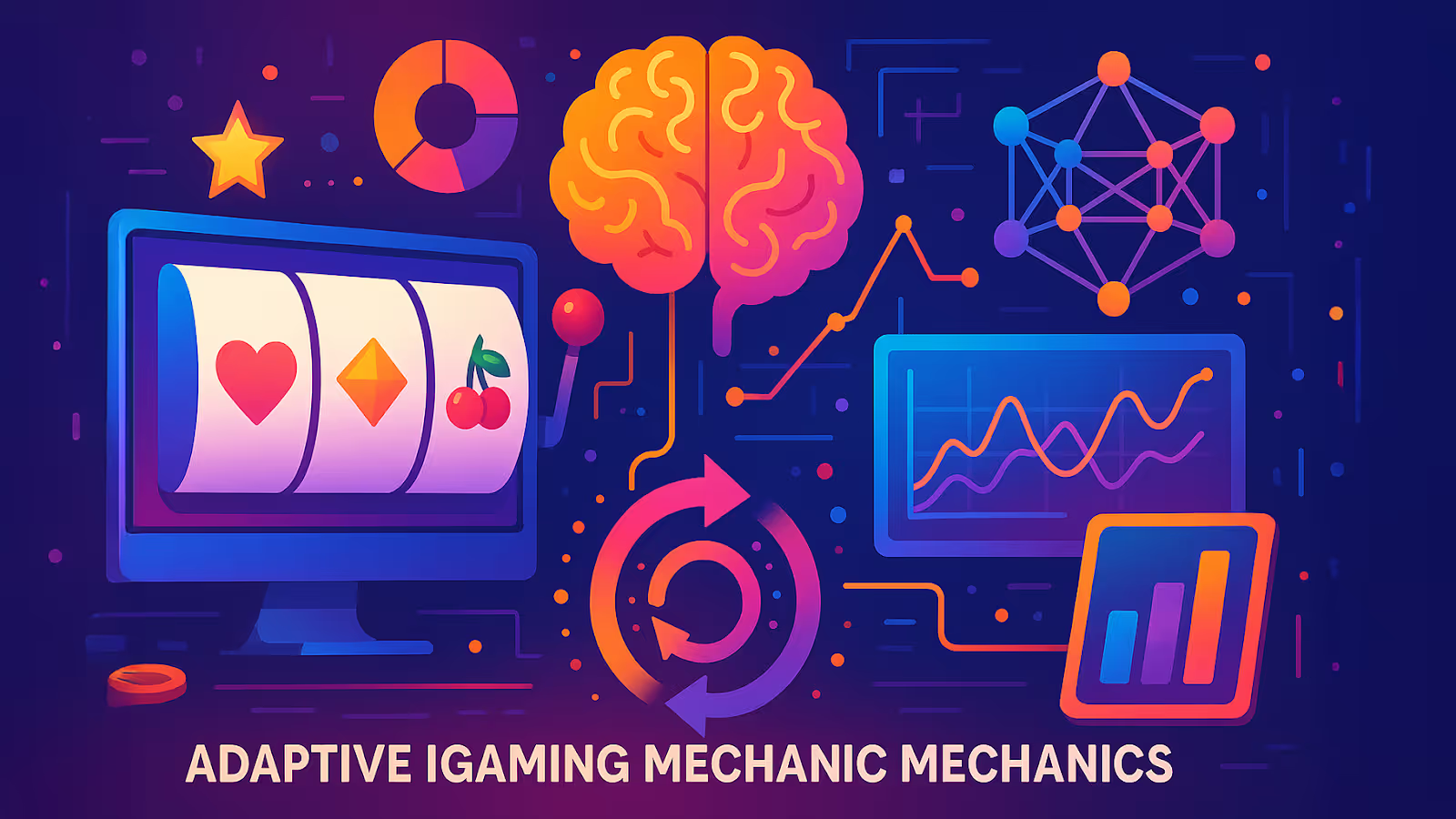
Modern gaming generates massive amounts of data every second. Online games with millions of daily users create torrents of operational and gameplay data, but the challenge lies in making sense of it all in real-time.
Real-Time Player Behavior Analysis
The foundation of predictive gameplay lies in understanding what players actually do, not what they say they do. AI systems excel at simulating numerous gameplay scenarios and identifying potential issues with unmatched precision.
These systems track multiple data points simultaneously:
- Reaction times to different game elements
- Decision patterns in strategic situations
- Emotional responses measured through engagement metrics
- Skill progression across different game mechanics
- Session patterns including play frequency and duration
{{cta-banner}}
Machine Learning in Action
The real magic happens when AI processes this data to create predictive models. Machine learning algorithms enable game developers to create smart and adaptive game characters that can examine player behavior, which makes the game more challenging and engaging.
For example, if a player normally struggles with puzzle elements but excels at combat, the AI can adjust the balance of these elements in future levels. The system uses negative feedback to reduce the difficulty gap when challenges become too hard for the player.
Dynamic Game Difficulty: Beyond Traditional Scaling

Traditional games offer easy, medium, and hard difficulty settings. But not all people fit in the typical easy, medium and hard settings available in games today. Players often find themselves between these fixed options, leading to frustration or boredom.
The Flow State Connection
Dynamic Difficulty Adjustment (DDA) uses the flow principle to keep the game intriguing and enjoyable. The concept is simple: when players are in "flow," they're fully engaged and having fun. Too easy becomes boring, too hard becomes frustrating.
AI adjusts enemy intelligence and challenge levels in real-time to maintain this optimal balance. The system continuously monitors player performance and makes invisible adjustments to keep them in the engagement zone.
Personalized Challenge Curves
Modern DDA systems go beyond simple difficulty adjustment. They create personalized gaming experiences that suit individual play styles. This means:
- Adaptive enemy AI that learns from player strategies
- Dynamic level design that adjusts to player preferences
- Personalized progression systems that reward different play styles
- Contextual hint systems that provide help when needed
Player Retention Through Predictive Analytics
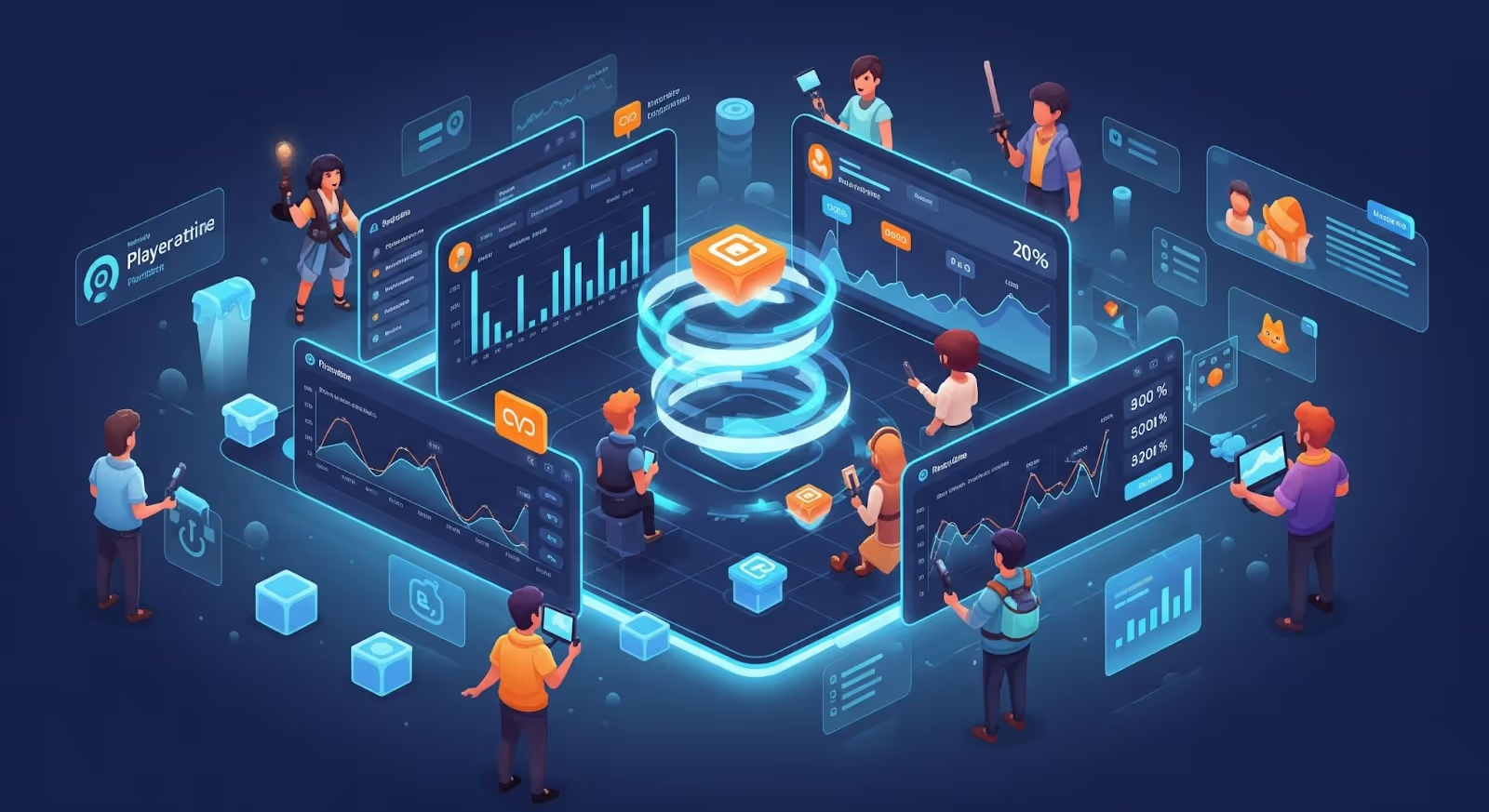
The gaming industry faces a stark reality: the cost of acquiring a new player is 5x higher than retaining an existing one. Predictive gameplay mechanics directly address this challenge by creating experiences that keep players engaged longer.
Behavioral Prediction Models
AI helps developers understand player behavior by analyzing in-game actions and preferences. These systems can predict:
- When players are likely to quit based on behavioral patterns
- What content will keep specific players engaged
- Optimal timing for rewards and challenges
- Which players are at risk of churning
Personalized Engagement Strategies
Player behavior analytics involves gathering, processing, and analyzing player data as they play the game. This analysis enables developers to:
- Tailor gaming experiences to individual preferences
- Predict future player behavior using historical data
- Implement targeted retention strategies for at-risk players
- Create personalized content recommendations
Real-Time Adaptation Technologies

The ability to adapt games in real-time represents a fundamental shift in how games are designed and experienced. Real-time analytics allows for on-the-fly adjustments to enhance gameplay.
Event-Driven Game Mechanics
Modern predictive systems use event streaming technologies like Kafka or RabbitMQ to adjust rewards dynamically. When a player performs an action, the system:
- Analyzes the context of the player's current state
- Predicts the optimal response based on behavioral models
- Adjusts game elements in real-time
- Monitors the results to improve future predictions
AI-Powered Game Balance
AI analyzes extensive player data to make real-time game balance adjustments, enhancing fairness and engagement. This includes:
- Character ability adjustments based on usage patterns
- Resource distribution optimization to prevent economic imbalances
- Matchmaking improvements for competitive modes
- Dynamic content scaling based on player skill levels
The Technology Stack Behind Predictive Gaming

Building predictive gameplay systems requires sophisticated technology infrastructure. The integration of AI and predictive analytics transforms game development from a linear, predetermined experience to a dynamic, responsive ecosystem.
Core AI Technologies
Machine learning algorithms have emerged as powerful tools for automating gameplay processes. The key technologies include:
- Neural networks for pattern recognition and prediction
- Reinforcement learning for adaptive behavior systems
- Natural language processing for player communication analysis
- Computer vision for gesture and emotion recognition
Data Processing Infrastructure
Real-time data processing requires robust infrastructure capable of handling massive data streams. Platforms like Apache Kafka handle millions of events per second, making them ideal for processing complex game data streams.
Current Applications and Success Stories

Several major games have successfully implemented predictive gameplay mechanics with impressive results.
Fortnite's Adaptive Systems
Fortnite uses AI to create dynamic content generation and adaptive difficulty systems. The game adjusts:
- Building complexity based on player skill level
- Loot distribution to maintain engagement
- Storm patterns to encourage strategic play
- Matchmaking algorithms for fair competition
League of Legends' Predictive Analytics
League of Legends employs machine learning models to predict player behavior and optimize game balance. The system:
- Analyzes champion performance across different skill levels
- Predicts meta shifts before they happen
- Adjusts game mechanics to maintain competitive balance
- Personalizes champion recommendations for individual players
Mobile Gaming Success
Mobile games see a 300% increase in lifetime value from players who stay beyond Day 7. Predictive systems help achieve this by:
- Optimizing onboarding experiences for new players
- Personalizing progression systems based on play patterns
- Timing rewards for maximum psychological impact
- Predicting and preventing churn before it happens
Challenges and Limitations

Despite their potential, predictive gameplay systems face several significant challenges.
Data Quality and Privacy
Inconsistent data quality, missing data, and biased data can significantly impact the accuracy of machine learning models. Additionally, players are increasingly concerned about data privacy and how their information is used.
Computational Requirements
Real-time prediction requires substantial computational resources. The volume of processed data can measure up to several gigabytes a day for a single application, demanding efficient processing protocols.
Balancing Automation and Creativity
The unpredictable but seemingly exciting future for AI and video game development requires balancing creativity and automation. Over-reliance on AI can lead to formulaic experiences that lack the human touch that makes games memorable.
The Future of Predictive iGaming

The future of predictive gameplay mechanics looks incredibly promising, with several emerging trends set to reshape the industry.
Enhanced Real-Time Processing
AI-powered systems will analyze player interactions instantaneously, enabling dynamic adjustments to game mechanics. This will create even more responsive and personalized gaming experiences.
Emotional Intelligence Integration
Future systems will incorporate emotion recognition technology to understand player feelings and adjust gameplay accordingly. This could include:
- Facial expression analysis to gauge player satisfaction
- Biometric monitoring for stress and excitement levels
- Voice pattern recognition for emotional state detection
- Physiological response tracking for immersion optimization
Cross-Platform Personalization
AI will enable personalized experiences across multiple platforms and devices, allowing players to maintain consistent, adaptive experiences regardless of where they play.
Community-Driven Adaptation
Future systems will incorporate player feedback from forums and social media using natural language processing to create community-responsive gameplay mechanics.
Implementing Predictive Gameplay: A Developer's Guide

For developers looking to implement predictive gameplay mechanics, here's a practical approach:
1. Start with Data Collection
Identify key metrics that reflect player engagement and satisfaction. Focus on:
- Player progression patterns
- Decision-making frequency
- Session duration trends
- Emotional response indicators
2. Choose the Right AI Framework
Select machine learning models appropriate for your game's specific needs. Consider:
- Supervised learning for behavior classification
- Reinforcement learning for adaptive systems
- Unsupervised learning for pattern discovery
- Deep learning for complex behavior prediction
3. Implement Gradual Changes
Start with simple adaptations and gradually increase complexity. This approach:
- Reduces implementation risk
- Allows for thorough testing
- Enables player feedback integration
- Maintains game stability
4. Monitor and Iterate
Continuous monitoring and iteration are essential for success. Regularly:
- Review system performance
- Analyze player responses
- Update prediction models
- Refine adaptation algorithms
The Business Impact
Predictive gameplay mechanics aren't just about creating better games, but also about creating sustainable business models in an increasingly competitive market.
Revenue Optimization
Games with strong retention perform better in monetization strategies. Predictive systems help by:
- Optimizing in-app purchase timing
- Personalizing offers based on player behavior
- Reducing churn through targeted interventions
- Increasing lifetime value through sustained engagement
Competitive Advantage
Developers who embrace real-time analytics will be better equipped to meet player needs and adapt to market trends. This creates sustainable competitive advantages in crowded markets.
Smartico.ai: Leading the Predictive Gaming Revolution
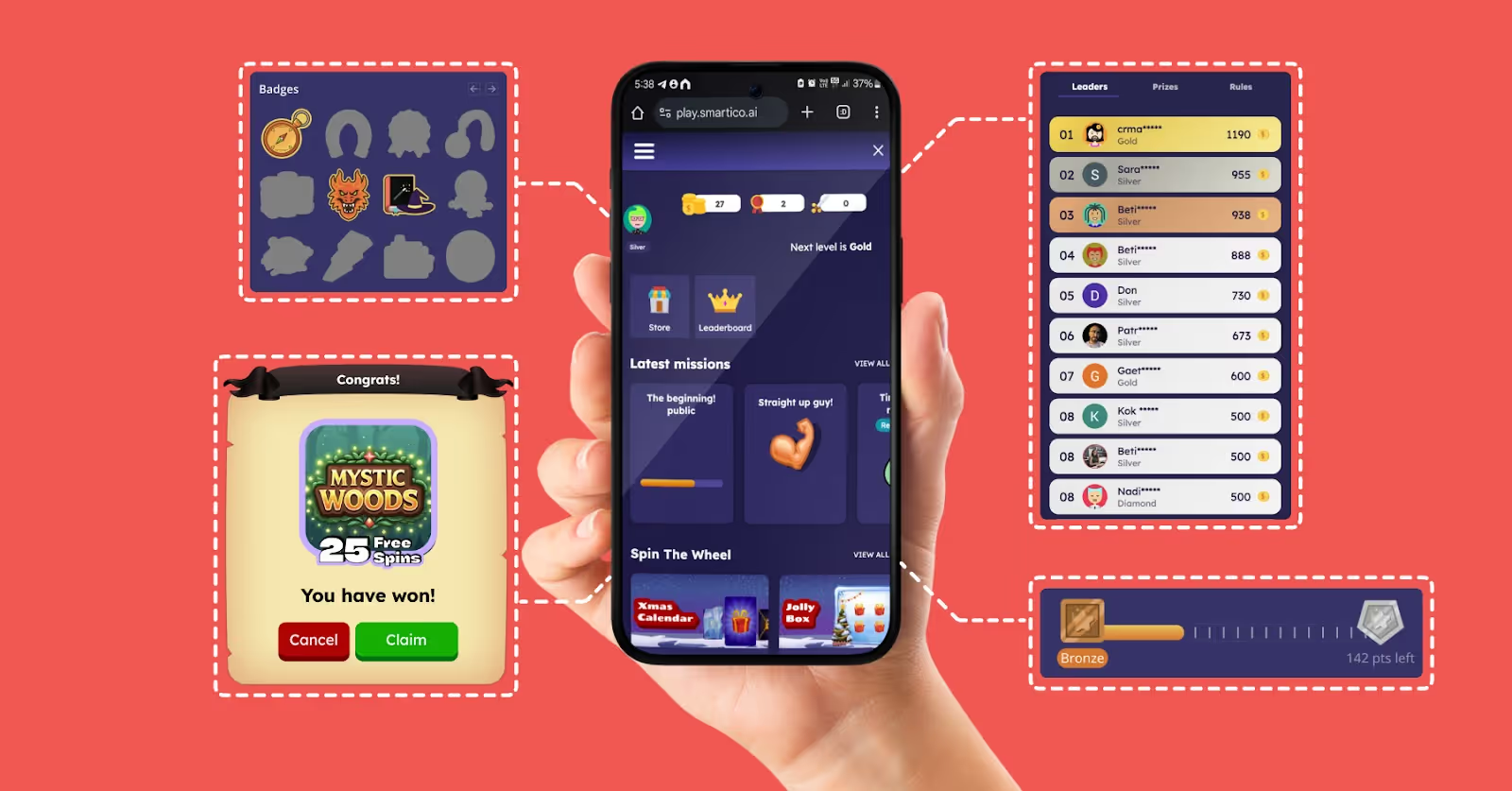
As the gaming industry evolves toward more intelligent, adaptive experiences, Smartico.ai emerges as the first and leading unified Gamification / CRM Automation software. The platform represents a breakthrough in how gaming companies can understand and engage with their players.
Smartico.ai's core differentiator centers on real-time behavioral tracking using event streaming technologies to create truly adaptive gaming experiences. The platform combines:
- AI-powered churn prediction with accuracy rates where most user predictions fall within forecast bounds
- Real-time personalization engines that adjust rewards and challenges based on individual player behavior
- Machine learning models that process behavioral data to optimize engagement timing
- Multi-brand scalability that enables shared gamification logic across different gaming properties
What sets Smartico.ai apart is its predictive analytics capabilities optimized for gaming environments. The platform's Intelly system uses machine learning for lifetime value prediction and player churn analysis, enabling gaming companies to:
- Predict player behavior before patterns become obvious
- Optimize reward distribution for maximum engagement impact
- Prevent churn through intelligent intervention strategies
- Personalize gaming experiences at scale
For gaming companies looking to implement predictive gameplay mechanics, Smartico.ai offers the infrastructure and intelligence needed to create truly adaptive gaming experiences that keep players engaged, satisfied, and coming back for more.
Ready to transform your gaming experience with predictive analytics? Request a demo of Smartico.ai below and find out how adaptive CRM Automation that evolves with player preferences can revolutionize your gaming platform.
{{cta-banner}}
Conclusion
Predictive gameplay mechanics represent the future of gaming. By understanding players on a deeper level and adapting to their needs in real-time, these systems create experiences that are more engaging, more personal, and more likely to keep players coming back.
The technology is here, the demand is clear, and the results speak for themselves. Games that successfully implement predictive systems see significant improvements in player retention, satisfaction, and revenue.
As the gaming industry continues to change at lightspeed, predictive gameplay mechanics will become not just an advantage, but a necessity for success. The question isn't whether to adopt these technologies, but how quickly you can implement them to stay competitive in an increasingly sophisticated gaming landscape.
The future of gaming is predictive, adaptive, and personal. And that future is happening right now.
FAQ
What are predictive gameplay mechanics?
Predictive gameplay mechanics are AI-powered systems that analyze player behavior in real-time to anticipate player needs and automatically adjust game elements like difficulty, rewards, and content to create personalized gaming experiences.
How does dynamic difficulty adjustment work?
Dynamic difficulty adjustment uses machine learning algorithms to continuously monitor player performance and automatically modify game parameters such as enemy strength, resource availability, and challenge complexity to maintain optimal engagement levels without manual intervention.
What data do predictive gaming systems collect?
These systems collect behavioral data including reaction times, decision patterns, session duration, progression rates, emotional responses, and interaction preferences. All data collection follows privacy regulations and typically focuses on gameplay patterns rather than personal information.
Can predictive systems work in real-time?
Yes, modern predictive gaming systems process data and make adjustments in real-time using event streaming technologies and cloud computing infrastructure, enabling immediate responses to player behavior changes during gameplay sessions.
What are the benefits for game developers?
Developers benefit from increased player retention rates, higher lifetime value, reduced churn, improved monetization opportunities, and valuable insights into player preferences that inform future game design decisions.
How do predictive systems maintain game balance?
AI systems continuously monitor gameplay data across all players to identify imbalances and automatically adjust game mechanics, ensuring fair play while maintaining personalized experiences for individual players.
Did you find this article helpful? If so, consider sharing it with other industry professionals such as yourself.
Ready to use Smartico?
Join hundreds of businesses worldwide engaging players with Smartico.










